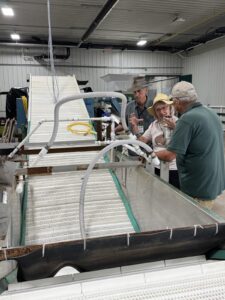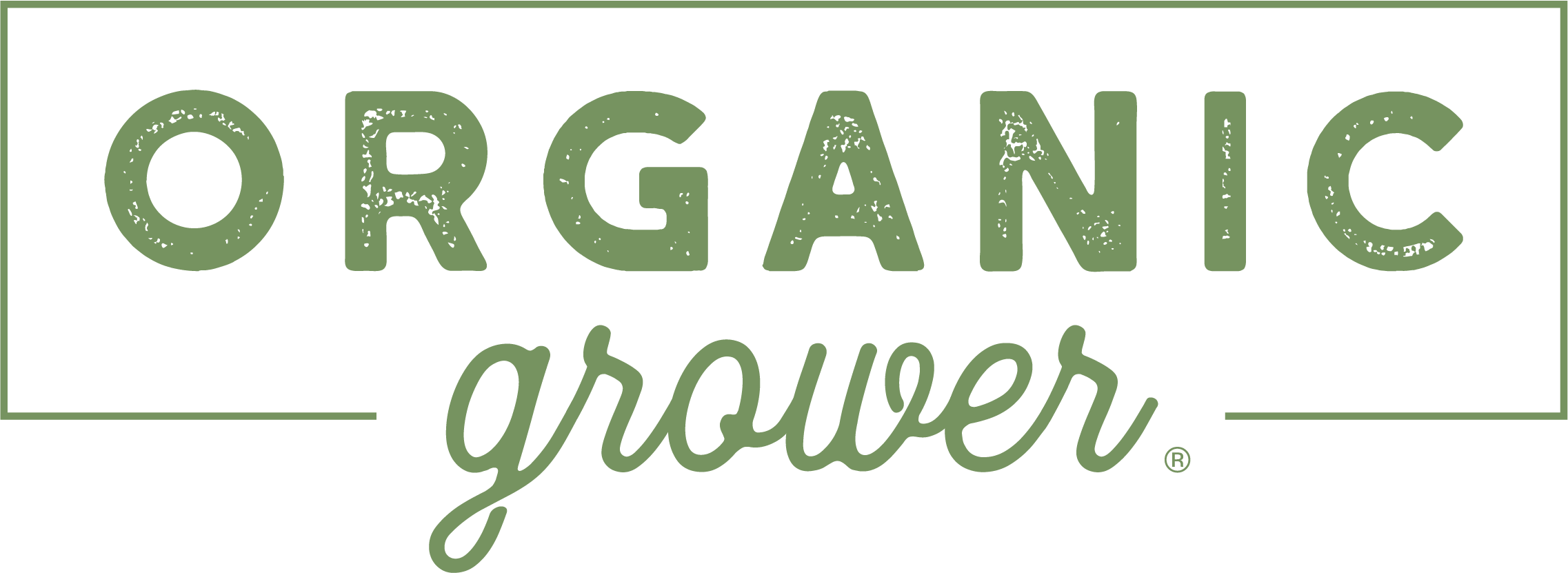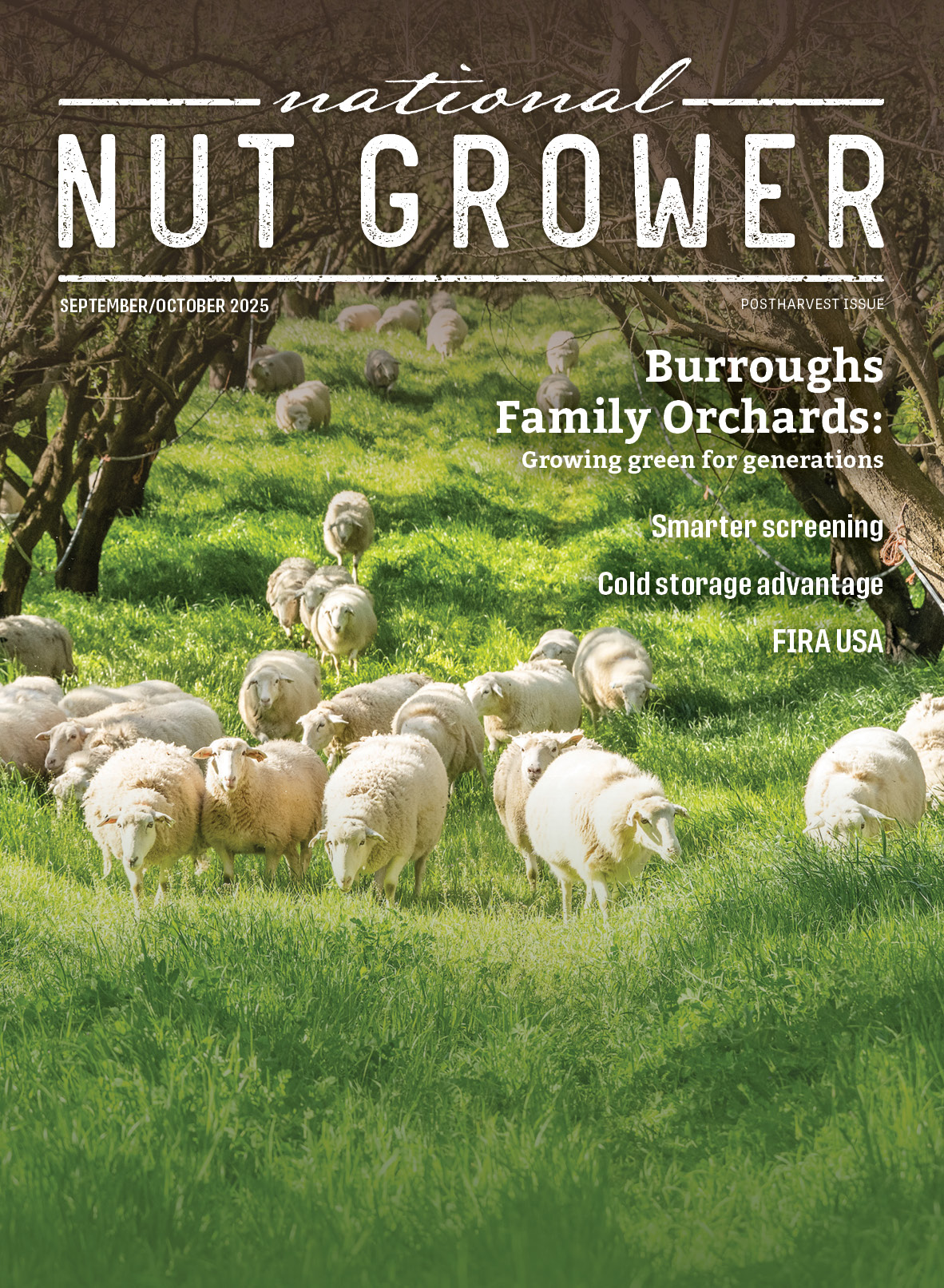
September/October 2025
Building a better chestnut
Restoring and expanding the chestnut industry in Michigan has become a focal point for growers and academics.
At the joint annual conference of the Northern Nut Growers Association and Chestnut Growers of America in early August in Lansing, Michigan, speakers showcased recent progress.
Guo-qing Song, a horticulture professor at Michigan State University (MSU), said the school’s Plant Biotechnology Resource and Outreach Center has been at the forefront of chestnut micropropagation and regeneration research.

“We have developed reliable and efficient micropropagation systems for chestnut genotypes by optimizing culture initiation, shoot proliferation, rooting and acclimation protocols,” Song said.
Song shared how researchers have established a shoot regeneration system using leaf explants.
The approach follows Song’s focus on innovating biotechnological tools for specialty crops, employing methods such as intragenic manipulation, transgrafting, FAST-TRACK breeding and MADS-box K-domain technology to boost yield and resilience.
While conventional chestnut breeding with germplasm and molecular tools can take 10 to 30 years, genetic engineering shortens the process to three to five years.
Micropropagation, Song said, is the science of multiplying plants in vitro from tissue culture, rapidly developing one into many.
The technique multiplies plants in controlled conditions and enables long-term storage and virus elimination.
“Micropropagation is fast, efficient and reliable for mass-producing high-quality, disease-free trees,” Song said.
This reduces quarantine needs, speeds multiplication and facilitates genetic engineering.
MSU began in vitro research with European experts in 2014, produced its first trees in 2018 and by 2020 partnered with 15 Michigan sites on grafting clonal trees.
Researchers reported positive progress as they pursue better genetic material suited to Michigan, which also expands the in vitro stock of diverse genetic material. This is expected to lead to further gene-editing advances.
Progress is also being made in tissue culture and gene transfer.
MSU puts advances in place
Dan Guyer, professor emeritus of Biosystems and Agricultural Engineering at MSU, outlined his work in the MSU chestnut program — first with the late Dennis Fulbright and now with research associate Mario Mandujano — to extend the school’s influence on the once-struggling industry.
Guyer first focused on postharvest handling, including bringing Michigan’s only mechanized peeling line — now at the MSU Rogers Reserve — which processes 2,000 pounds per hour and includes a kitchen for chestnut products.
“In the early years, we were in a honeymoon with our chestnuts,” Guyer said. “As time went on, the honeymoon was over, and insects and diseases brought new challenges almost every year.”
The obstacles have led to a concentration on orchard floor management, harvesting and disease management.

Current active programming addresses brown rot/gnomoniopsis (field and postharvest), truffle and mycelial fungi, as well as oak wilt, weevil and blight.
Researchers have pursued postharvest hot water treatments for chestnuts, including studies on controlling weevils and potentially brown rot.
Non-destructive electronic quality assessment measures are also on the horizon, Guyer said.
“The challenge is sorting for quality and defects to optimize profitability,” he said. “Current commercially available electronic sorting technology cannot effectively discern most quality and defect characteristics within hard-shelled commodities.”
The program also focuses on pawpaw production.
Pollination requires attention
Guyer emphasized the importance of pollen synchronization for chestnut production, which encourages high yields and genetic diversity.
“The goal is to have high yields and good quality nuts,” he said. “Poor pollination is the most common cause of low chestnut yields.”
Poor synchronization reduces nut set, leading to drop, poor fill and wasted resources.
Genetic diversity leads to synchronized cross-pollination between different cultivars.
“It’s very important to have multiple compatible pollen donors flowering in sync with the main crop tree,” Guyer said.
Male and female flowers grow separately on the same tree, but peak receptivity is often out of sync.
“You need to synchronize pollination from a different cultivar to match the pollen with the male and female flowers on different trees,” Guyer said. “The synchronization window is short. Female flowers are receptive for only a brief period, typically five to 10 days.”
Solutions include cultivar selection, orchard design and annual tracking of flower phenology to align bud break, catkin growth and stigma receptivity.
“You need to study this. It might be unique to your location which cultivars will be best for timing,” Guyer said.
Factors affecting synchronization and successful pollination include the genetics of the cultivars and local climate. Warm springs accelerate flowering, while cool springs delay it, and frost can damage flowers. Heavy rain can wash pollen from the air and dampen stigmas.
Microclimate factors — such as elevation, slope and nearby water bodies — also play a role, as do tree age and overall health.
Using two or more pollinators to cover the main cultivar in a commercial orchard is recommended to ensure flowers are pollinated at the optimal time.
Chestnut hybrid pollinators used in Michigan include Precose Migoule, Marsol, Marigoule, Maraval, Colossal and Bouche de Betizac.









